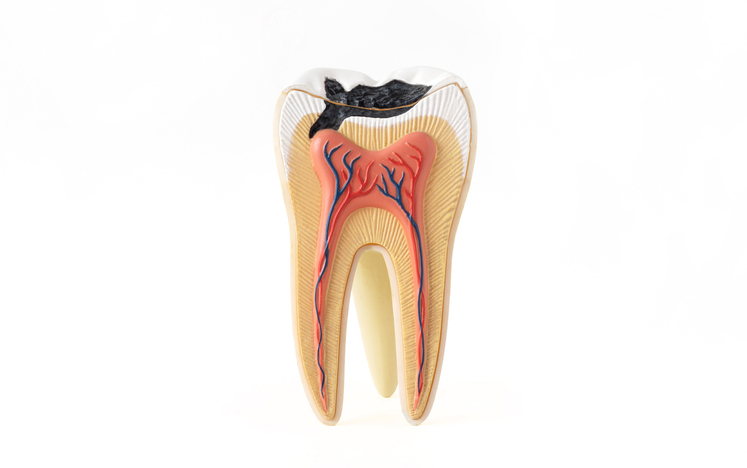
How to reverse early tooth decay and when to visit a dentist

Although advertisers have suggested that their products can reverse dental decay, experts indicated that this reversal may only be possible in the earliest stages.
Consuming sugar- and starch-containing foods can prompt harmful bacteria in the mouth to produce acids that can pull crucial minerals like calcium and phosphate from the teeth, according to a report from The New York Times. The process of demineralization can leave the teeth susceptible to the formation of cavities, noted John Featherstone, Ph.D., professor emeritus of preventive and restorative dental sciences at the University of California, San Francisco, School of Dentistry. Although saliva is capable of remineralizing the teeth and reversing dental decay in its earliest stages, diets high in sugar- and starch-containing foods can result in the proliferation of more pathogenic bacteria that preclude this process.
Margherita Fontana, D.D.S., Ph.D., a researcher and professor of cariology at the University of Michigan School of Dentistry, emphasized that early dental decay may appear as a discolored spot on the teeth where some of the minerals have been lost. She detailed that using fluoride-based toothpastes and drinking tap water with fluoride can aid the saliva in remineralizing the teeth with calcium and phosphate and reducing the bacterial production of acids. Prescription-strength fluoride toothpastes and mouth rinses with higher concentrations of fluoride may be necessary among patients at higher risk of experiencing dental decay. Further, individuals can chew sugar-free gum to stimulate the production of enamel-building saliva and mechanically remove food particles from the teeth.
However, once a cavity has formed, the experts urged individuals to visit their dentists to have them filled. Products that offer dental decay reversal and contain ingredients such as xylitol and hydroxyapatite should be used with caution, since there isn’t currently enough evidence to suggest that they’re more effective than fluoride-containing products.
Read more: The New York Times
The article presented here is intended to inform you about the broader media perspective on dentistry, regardless of its alignment with the ADA's stance. It is important to note that publication of an article does not imply the ADA's endorsement, agreement, or promotion of its content.